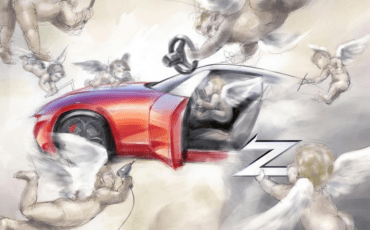
Bertone has once again outdone itself with the new eco-friendly hypercar, the GB110. What’s special about it? The fuel is obtained by transforming plastic waste.
Every year, Top Marques Monaco manages to attract luxurious brands and models. The renowned event also showcased a new Italian hypercar, the Bertone GB110. Besides its stunning beauty, the hypercar has another remarkable feature that makes it highly intriguing: its ecological spirit. Yes, nowadays, hybrid and electric vehicles are a reality in the industry, but the approach to environmental respect takes a different form here.
From “bi” to Three-Dimensional
For almost two years, the project was the talk of the town following some detailed renderings. But transitioning from “bi” to three-dimensional is a vast leap. This is why enthusiasts were keen to see if the initially proclaimed qualities would hold up in reality. The company’s reputation, earned over years of distinguished service, suggested they would. After sadly going bankrupt in 2014, before rising from its ashes, the designers aimed to astonish visitors. Judging by the initial reactions, they succeeded.
On the occasion of the company’s 110th anniversary, the “stylists on four wheels” unveiled the GB110, and it must be said: it knows how to make an impression. The bodywork of the beast deviates from typical market clichés, and given the many expensive hypercars on sale, this already speaks volumes about its distinctive personality. The front exudes natural charisma with its narrow headlights and the thin extended section between the slightly raised lights above the hood, while the rear displays imposing strength.
Is the Engine from the Lamborghini Huracan? Clues Point to Yes
Previously, company spokespersons admitted to drawing inspiration from a pre-existing car, without specifying which one. We may have to live with this mystery, although the prevailing theory suggests it derives from the Lamborghini Huracan. This is implied by the “beating heart,” a ten-cylinder 5.2-liter engine augmented by a pair of turbochargers, capable of unleashing 1,100 HP and 1,100 Nm of peak torque.
The design team claims it can accelerate from 0 to 100 km/h in 2.79 seconds, from 0 to 200 km/h in 6.79 seconds, and reach 300 km/h from a standstill in just 14 seconds. The top speed exceeds 380 km/h. The exuberance is delivered through a seven-speed dual-clutch transmission to all four wheels.
Impressive numbers, but almost overshadowed by the unique fuel system. Instead of relying on traditional gasoline and diesel, the engineers opted for something truly original: plastic waste. In collaboration with Select Fuel, the company developed a patented technology to convert polycarbonate materials into fossil fuel. Speaking about what motivated Bertone to take on this challenge, CEO Jean-Frank stated, “We believe that tackling pollution requires diverse solutions employing various technologies. Plastic waste must be treated as a valuable resource. Through our partnership with Select Fuel, we transform waste into its original form.”


